With the AEMC reforms available from April 2026 and a new framework from May 2027, to allow virtual power plants (VPPs) to compete in the energy market, Ireland-headquartered energy technology company GridBeyond has published a report on VPPs in Australia.
Concluding they are pivotal to coordinating and controlling mechanisms required to manage diverse distributed energy resources (DERs), the Virtual power plants in Australia – A bright future ahead report reviews the impact of VPPs on electricity generation, energy management, integration of multiple DERs and cost benefits.

Image: GridBeyond
The report says technology such as the Internet of Things (IoT), artificial intelligence (AI) and real time data analytics, associated with cloud-based software driven systems will be key orchestrating to DERs in Australia through VPPs.
With potential to replace conventional power plants, the report outlines numerous benefits with enhancing grid stability and reliability, smoothing out fluctuations and the intermittent nature of renewable energy generation, being key VPP benefits.
Competing in wholesale market
As batteries and electric vehicles (EV) rollout at an accelerated pace the AEMC reforms create a new ‘dispatch mode’ that allows retailers to bid these resource into the wholesale electricity market, including VPPs combining household batteries, community batteries, backup generators, and large energy users managing their consumption.
GridBeyond says AI-powered technologies can help asset managers unlock benefits using fast response, durations of 1, 6, 60 or 600 seconds, and voluntary opt-in/opt-out features.
The report adds aggregation of DERs offers cost optimisation, allowing consumers control over their energy consumption during peak periods and reducing the need for expensive ‘peaker’ plants and cost grid infrastructure upgrades.
Describing consumers who generate and sell their excess electricity as ‘prosumers’, the report adds VPPs provide localised, resilient energy infrastructure that reduces dependence on centralised power plants and vulnerable transmission lines.
In the event of natural disasters or grid failures, VPPs can enable islanding capabilities, allowing localised communities to maintain a reliable power supply, the report says.
This content is protected by copyright and may not be reused. If you want to cooperate with us and would like to reuse some of our content, please contact: editors@pv-magazine.com.
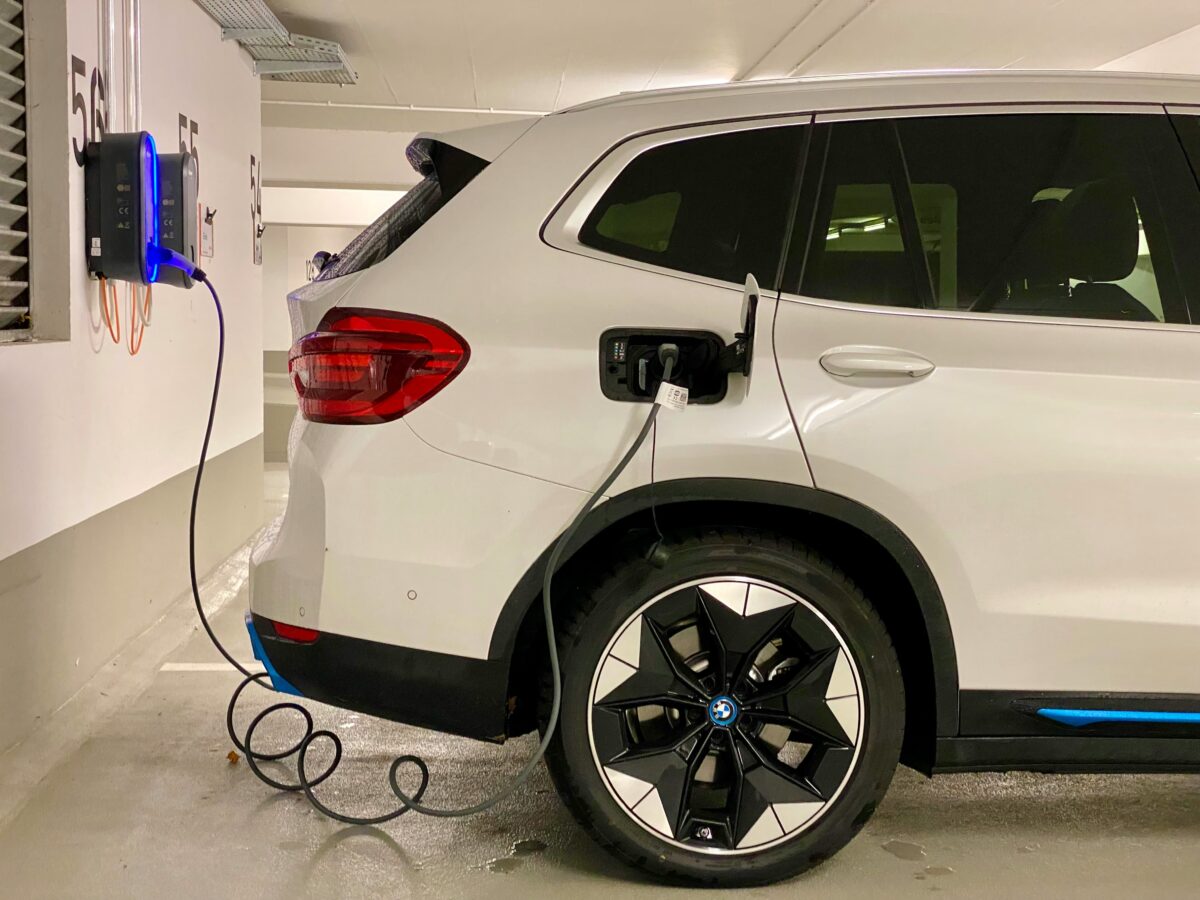
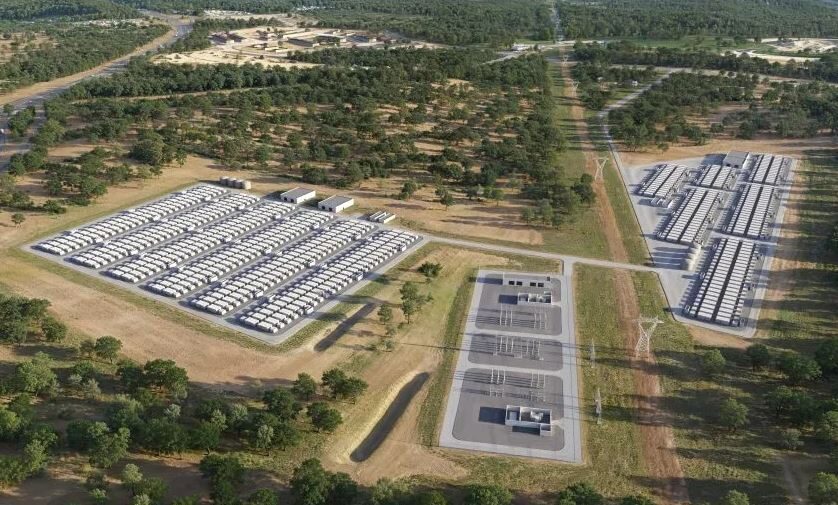

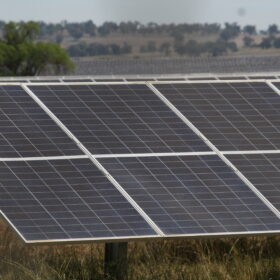
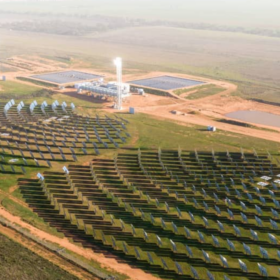
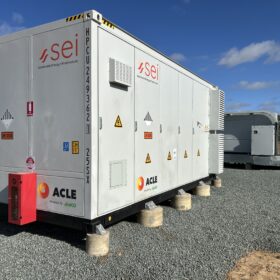
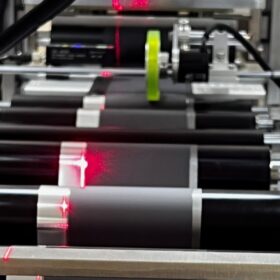
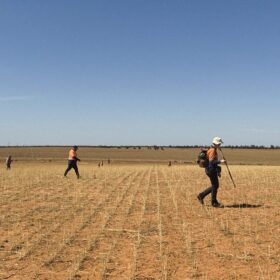
1 comment
By submitting this form you agree to pv magazine using your data for the purposes of publishing your comment.
Your personal data will only be disclosed or otherwise transmitted to third parties for the purposes of spam filtering or if this is necessary for technical maintenance of the website. Any other transfer to third parties will not take place unless this is justified on the basis of applicable data protection regulations or if pv magazine is legally obliged to do so.
You may revoke this consent at any time with effect for the future, in which case your personal data will be deleted immediately. Otherwise, your data will be deleted if pv magazine has processed your request or the purpose of data storage is fulfilled.
Further information on data privacy can be found in our Data Protection Policy.